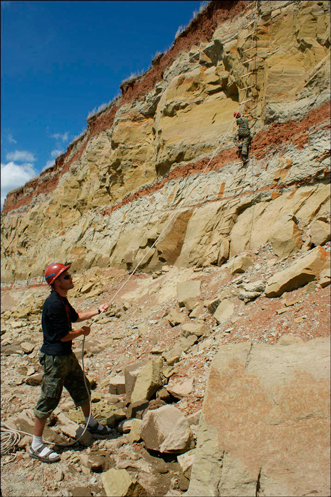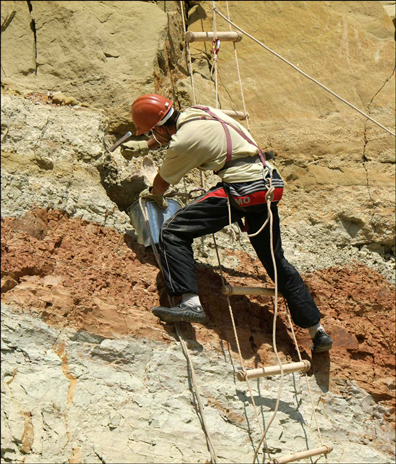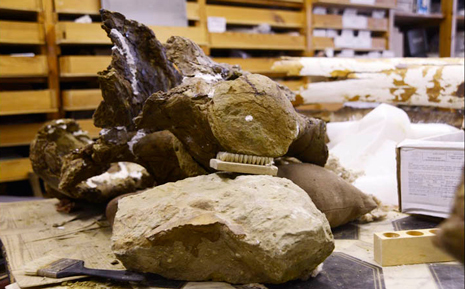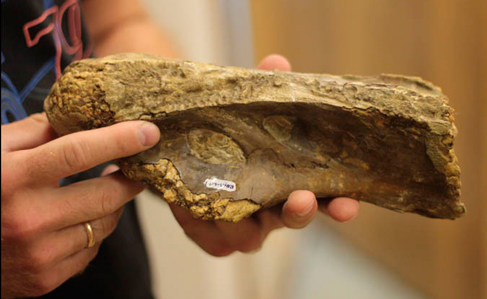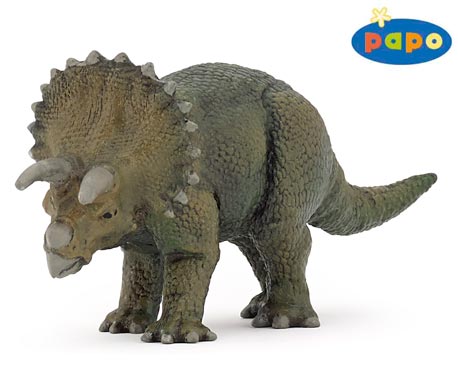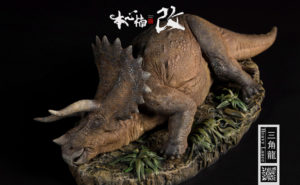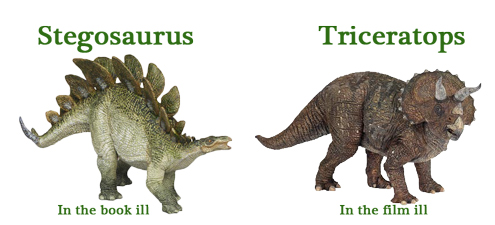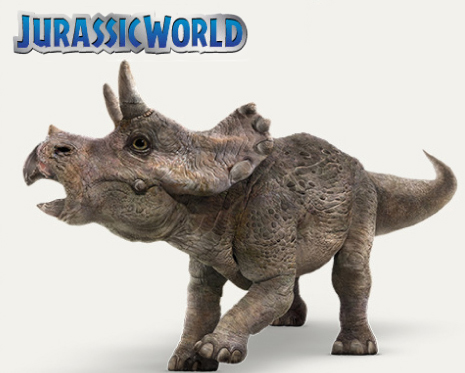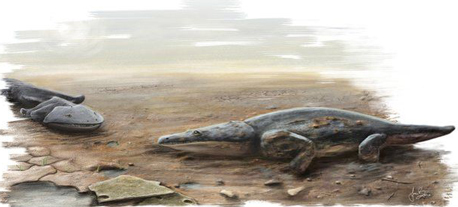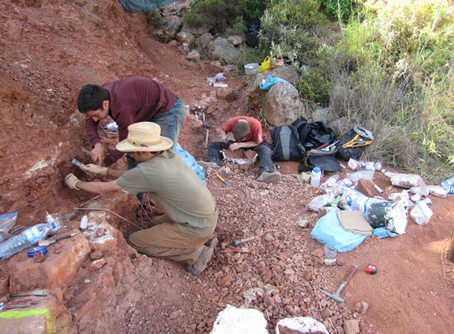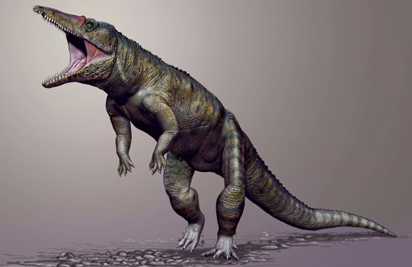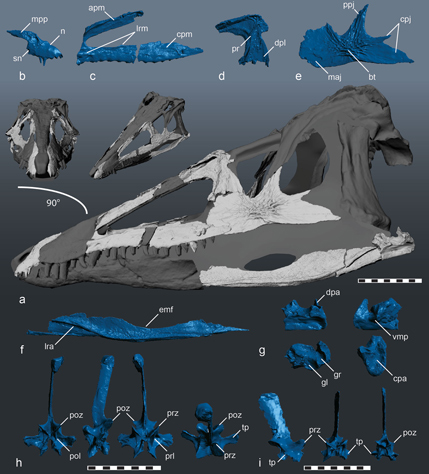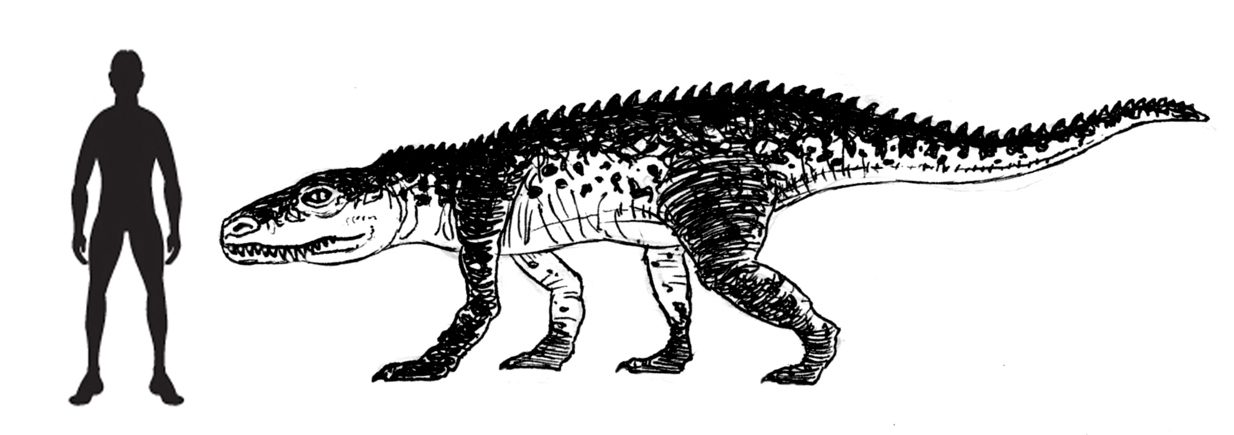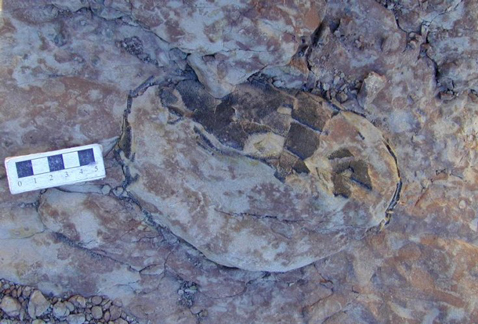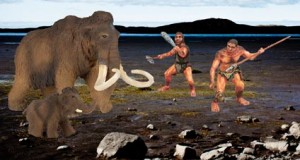Founding Father of Geology and His Remarkable Map
One of the very first editions of arguably one of the most significant maps in the history of the study of our planet has been re-discovered. A pristine copy of William Smith’s 1815 map of the geology of England, Wales and parts of Scotland has been found in the archives of the Geological Society (London). It seems that the map was placed in storage, carefully sealed inside a leather wallet but just where in the vast archive it was stored had not been recorded. Ironic really, when you consider the dedication and attention to detail shown by Smith, the son of a blacksmith who so meticulously mapped the strata of most of the British Isles.
William Smith
The archives of the Geological Society are vast, after all, it is the oldest body of its kind in the world (founded in 1807). This year marks the bicentenary of the publication of William Smith’s great geological survey, only about 370 or thereabouts were ever produced and with this re-discovery, it is estimated that at least seventy are still in existence, not bad considering this map first went into production in the same year as the battle of Waterloo. It is believed that this particular copy last saw the light of day around forty years ago.
Indexing the map, which comprises of fifteen sections would not have been easy. It was customary in Georgian times to use very long titles for scientific publications, a trend that in some academic institutions still exists today. Try cataloguing a map with the catchy title of:
“A Delineation of the Strata of England and Wales with part of Scotland, exhibiting the collieries and mines, the marshes and fen lands originally overflowed by the sea, and the varieties of soil according to the variations in the substrata, illustrated by the most descriptive names by W. Smith.”
“Strata-Smith”
It is thought that William Smith, nick-named “strata-Smith” by his contemporaries spent fifteen years travelling the United Kingdom and carefully recording the rock formations exposed on the surface of the land. His map when published, helped land owners and mining companies exploit this nation’s natural resources as the map helped surveyors identify potential areas for drainage, sites for new building work and most importantly which layers of strata indicated the presence of coal seams nearby.
Commenting on the discovery, John Henry (Chairman of the Geological Society’s History of Geology Group), stated:
“It just wasn’t where people expected it to be. I guess the person who put it away knew where it was, but then they left and that was it, it became lost.”
Having been hidden away in the archives the map, which was printed from copper plate engravings with the details painted in with water colours, has not faded and the colours depicted are as vivid today as when the map was first completed. Archivists are puzzling over just what number in the sequence of maps produced might this copy be? There is the exquisite hand finished painting with the lower edge of each formation saturated and then the paint is faded to indicate the formation’s edge, a technique used by Smith to make his maps easier to read, but the map itself, unlike later editions, has no serial number.
First Maps Not Numbered
Geologists are aware that the very first maps produced were not numbered. Another clue as to just when this map was made can be seen in how the geology of the Isle of Wight is depicted. Over the production period of Smith’s map, the way in which the geology of the Isle of Wight was shown changed several times. This map shows a very early effort to map the geology of the island. All this suggests that this particular example of cartography might be amongst the first dozen or so ever produced.
A Clue to the Age of the Map – The Strata of the Isle of Wight
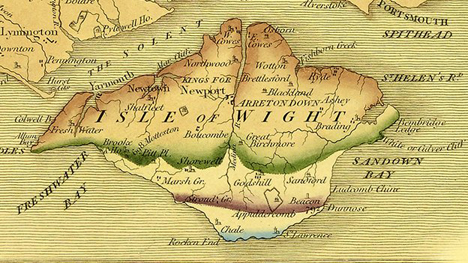
The Isle of Wight illustrations suggests an early print.
Picture credit: The Geological Society (London)
The Geological Society has had the map fully restored and digitised. As from today, it will be available to view on line on the Geological Society’s website. This copy of the map itself will be stored back in the archives, this time properly catalogued. A paper copy of the “Smith map” will be put on display in Burlington House, (London) the home of the Geological Society.
The Beautifully Illustrated Geological Map of the Cotswolds (William Smith)
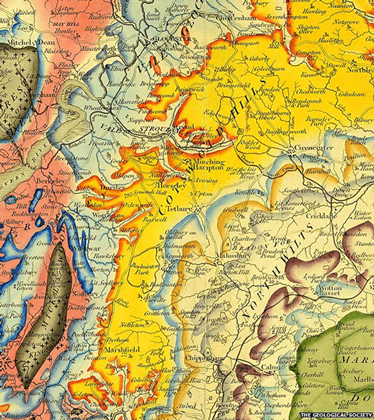
Beautifully illustrated geological map.
Picture credit: The Geological Society (London)
To see the map and other important geological images on line: The Picture Library of the Geological Society.
The Timing of the Announcement
Now, we at Everything Dinosaur don’t want to be cynical but today, March 23rd, is the anniversary of the birth of William Smith. He was born on this day in 1769 in the county of Oxfordshire. We think the timing of this announcement regarding the re-discovery has a lot to do with publicising an event taking place later on today, when Sir David Attenborough will be unveiling a plaque in tribute to the “Father of English Geology” at his former London residence – 15 Buckingham Street. During his life, as William Smith strived to forge a reputation amongst academics, his lowly beginnings as the son of a blacksmith meant that his views and findings were often disregarded by those who perceived themselves to be of a higher class.
Class distinctions blighted the lives of many pioneers in geology and palaeontology during the Georgian and Victorian times. However, William Smith and his contribution to our understanding of the world is now recognised and his map of England, Wales and parts of Scotland remains one of the most significant maps ever produced.
Why was the Map So Important?
The map certainly helped landowners and that part of Georgian society that owned mines. It helped stoke (literally) the Industrial Revolution but it did something else, as William Smith traversed the British Isles making his map, he noticed that certain types of sedimentary rock, although far apart contained the same types of fossils. We shall let John Henry explain just how significant this realisation was:
“The concept which enabled him to do the mapping and that drove him along almost obsessively was this realisation that specific fossils were unique to a specific stratum, and that you knew where you were in a sequence if you could see what the fossils were. That was the breakthrough. People had been collecting them for a long time and naming them in the Linnaean way, but without any real idea that they were in a sequence. But Smith knew it.”
Smith explored the deep excavations taking place as canals and other major works were being constructed and found that he could correlate apparently dissimilar and geographically dispersed strata based on the fact that they contained similar fossils. Going up through the strata, William Smith observed a succession of different fossils and proposed that each stage of this succession represented a specific period in the history of the Earth. This is termed the “principle of faunal succession”. In this way, the relative age of rocks could be determined and the types of fossils that characterise strata led to the concept of biostratigraphy. Smith developed and built on the idea of a Law of Superposition, postulated by the great scientist Nicolas (sometimes spelled as Nicolaus), Steno in the 17th Century.
To read more about the work of Nicolas Steno: Google Doodle Commemorates Nicolas Steno.
The 1815 Geological Map of England, Wales and Parts of Scotland
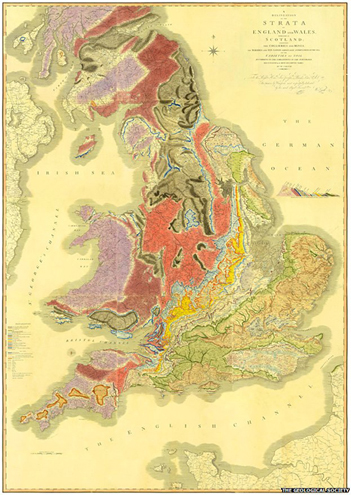
Can you see the geology in your part of the world?
Picture credit: The Geological Society (London)
Originally produced as a map in fifteen sheet sections, the geological map of the British Isles (most of it) measures approximately 180 cm by 250 cm. We at Everything Dinosaur, don’t know why northern Scotland was not mapped by Smith, we suspect it was much more difficult to travel the highlands and islands of northern Scotland and during the early 19th Century, there was simply not the demand for detailed geological maps of that part of the British Isles.




